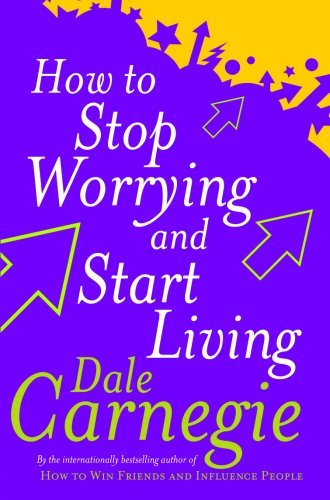
How to stop worrying and start Thinking
By Dale
Dale Carnegie suggests how to break the worry habit before it breaks you. Also he explain the six ways to prevent fatigue and worry and keep your...
Price:
₹113

पुस्तक परीक्षण पोर्टल, जयकर ज्ञानस्रोत केंद्र, सावित्रीबाई फुले पुणे विद्यापीठ, पुणे

Dale Carnegie suggests how to break the worry habit before it breaks you. Also he explain the six ways to prevent fatigue and worry and keep your...